
Keywords: autocidal control
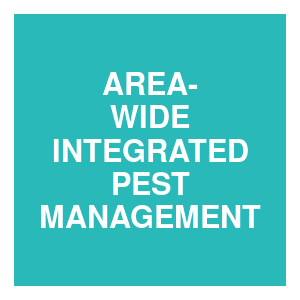
|
Area-wide management of fruit flies in a tropical mango growing area integrating the sterile insect technique and biological control: From a research to an operational programmeLiedo, P., Montoya, P. , and Toledo, J., AREA-WIDE INTEGRATED PEST MANAGEMENT: Development and Field Application, 2021.
The Sterile Insect Technique (SIT) has been successfully used for the control of fruit flies in a number of places in the world. One requirement for its successful application is that wild populations should be at low densities to achieve effective sterile to wild fly ... Keywords: autocidal control, diamondback moth, genetic biocontrol, Oxitec, SIT, sterile insect technique |
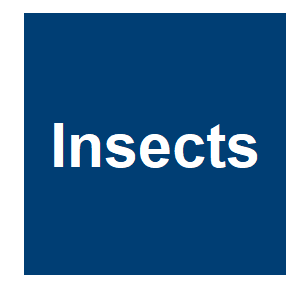
|
Sterile Insect Technique: Successful Suppression of an Aedes aegypti Field Population in CubaR. Gato, Z. Menendez, E. Prieto, R. Argiles, M. Rodriguez, W. Baldoquin, Y. Hernandez, D. Perez, J. Anaya, I. Fuentes, C. Lorenzo, K. Gonzalez, Y. Campo and J. Bouyer, Insects, 12:13. 2021.
Here, we describe an open field trial to evaluate the effect of the release of irradiated male Ae. aegypti on a wild population. The pilot trial was carried out in a suburb of Havana and compared the mosquito population density before and after the intervention, in both untreated ... Keywords: autocidal control, diamondback moth, genetic biocontrol, Oxitec, SIT, sterile insect technique |

|
The Insect Pest Control Laboratory of the Joint FAO/IAEA Programme: Ten Years (2010–2020) of Research and Development, Achievements and Challenges in Support of the Sterile Insect TechniqueM. J. B. Vreysen, A. M. M. Abd-Alla, K. Bourtzis, J. Bouyer, C. Caceres, C. de Beer, D. Oliveira Carvalho, H. Maiga, W. Mamai, K. Nikolouli, H. Yamada and R. Pereira, Insects, 12. 2021.
The Joint FAO/IAEA Centre (formerly called Division) of Nuclear Techniques in Food and Agriculture was established in 1964 and its accompanying laboratories in 1961. One of its subprograms deals with insect pest control, and has the mandate to develop and implement the sterile ... Keywords: autocidal control, diamondback moth, genetic biocontrol, Oxitec, SIT, sterile insect technique |

|
Locals protest over genetically modified mosquito plan in Florida KeysD. Goodhue, Miami Herald, 2021.
Sometime this year, somewhere in the Florida Keys, a British biotech company is expected to release millions of genetically modified male mosquitoes in an effort to breed out of existence an invasive species of bug responsible for the transmittal of deadly diseases like dengue ... Keywords: autocidal control, diamondback moth, genetic biocontrol, Oxitec, SIT, sterile insect technique |

|
The Sterile Insect Technique: Success and Perspectives in the NeotropicsD. Perez-Staples, F. Diaz-Fleischer and P. Montoya, Neotropical Entomology, 14. 2020.
Here, we review SIT in the Neotropics and focus on particular recent successful cases of eradication of the Mediterranean fruit fly, Ceratitis capitata (Wiedemann), as well as effective programs used against the Mexican fruit fly Anastrepha ludens (Loew), the New World screwworm ... Keywords: autocidal control, diamondback moth, genetic biocontrol, Oxitec, SIT, sterile insect technique |

|
Editorial Expression of Concern: Transgenic Aedes aegypti Mosquitoes Transfer Genes into a Natural PopulationB. R. Evans, P. Kotsakiozi, A. L. Costa-Da-Silva, R. S. Ioshino, L. Garziera, M. C. Pedrosa, A. Malavasi, J. F. Virginio, M. L. Capurro and J. R. Powell, Scientific Reports, 10:2. 2020.
Shortly after publication of this Article in September 2019, the Editors were alerted to concerns regarding the interpretation of the data and some of the conclusions. Keywords: autocidal control, diamondback moth, genetic biocontrol, Oxitec, SIT, sterile insect technique |

|
Genetically engineered moths may save kale chipsC. Poku, BIOtechNOW, 2020.
Sea salt kale chips, bacon brussels sprouts, and buffalo cauliflower wings are under threat. Environmental activists will have you believe the biggest threat to our food system is pesticides. That’s not true, in fact, it’s insects—the very reason most pesticides are ... Keywords: autocidal control, diamondback moth, genetic biocontrol, Oxitec, SIT, sterile insect technique |
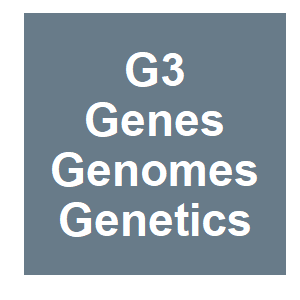
|
Genetic Variation and Potential for Resistance Development to the tTA Overexpression Lethal System in InsectsK. E. Knudsen, W. R. Reid, T. M. Barbour, L. M. Bowes, J. Duncan, E. Philpott, S. Potter and M. J. Scott, G3: Genes|Genomes|Genetics, Early Online:g3.400990.2020. 2020.
Release of insect pests carrying the dominant lethal tetracycline transactivator (tTA) overexpression system has been proposed as a means for population suppression. High levels of the tTA transcription factor are thought to be toxic due to either transcriptional squelching or ... Keywords: autocidal control, diamondback moth, genetic biocontrol, Oxitec, SIT, sterile insect technique |

|
Genetically engineered moths have been released into the wild to wipe out pestsK. Rogers, CNN, 2020.
Genetically modified diamondback moths designed to wipe out wild pest populations were released in fields for the first time in New York state. Diamondback moths are migratory pests found in the Americas, Europe, New Zealand and Southeast Asia, but especially in areas where ... Keywords: autocidal control, diamondback moth, genetic biocontrol, Oxitec, SIT, sterile insect technique |

|
Genetically modified butterflies could herald a new era in crop protectionScience News,, Science News, 2020.
New study highlights successful test including field release of genetically modified butterflies. Scientists believe this success could pave the way for an effective and sustainable approach to pest control in crops. The butterfly in question is the cruciferous moth ( Plutella ... Keywords: autocidal control, diamondback moth, genetic biocontrol, Oxitec, SIT, sterile insect technique |

|
World’s First Genetically Modified Moths Released to NatureM. Cage, SOMAG News, 2020.There are many insect species that harm agricultural products in the world. One of them is diamond moths. Genetically modified moths were used to control these moths, which are harmful to many plants. Plutella xylostella or also known as diamond moths; One of the most harmful ... Keywords: autocidal control, diamondback moth, genetic biocontrol, Oxitec, SIT, sterile insect technique |
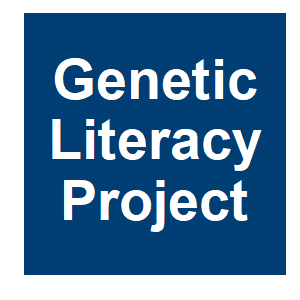
|
GMO diamondback moth shows promise as sustainable pest control tool in first ever open-field releaseCornell University, Genetic Literacy Project, 2020.
A newly published study reports a successful, first-ever open-field release of a self-limiting, genetically engineered diamondback moth, stating that it paves the way for an effective and sustainable approach to pest control. The diamondback moth, also known as Plutella ... Keywords: autocidal control, diamondback moth, genetic biocontrol, Oxitec, SIT, sterile insect technique |

|
Scientists have released genetically modified mothsN. Kumar, The Times Hub, 2020.
In the US, the researchers decided to test emerging from genetic modification Diamondback moth, placing it in field conditions. The work was conducted by experts from new York, representing Cornell University. Keywords: autocidal control, diamondback moth, genetic biocontrol, Oxitec, SIT, sterile insect technique |

|
GM Insects on the HorizonE. Unglesbee, Progressive Farmer, 2020.
Diamondback moths would do well to be wary of potential mates in the years to come. Scientists recently completed the first successful field testing of a genetically modified (GM) "self-limiting" insect in the U.S., using this species. When the GM male diamondback moths are ... Keywords: autocidal control, diamondback moth, genetic biocontrol, Oxitec, SIT, sterile insect technique |

|
Male moths genetically modified to kill females released in the wildM. Le Page, New Scientist, 2020.
Genetically modified male diamondback moths designed to wipe out pest populations have been released in New York state. The field trial shows that these GM moths, whose female offspring die soon after hatching, could help control this major crop pest. Oxitec, the British ... Keywords: autocidal control, diamondback moth, genetic biocontrol, Oxitec, SIT, sterile insect technique |
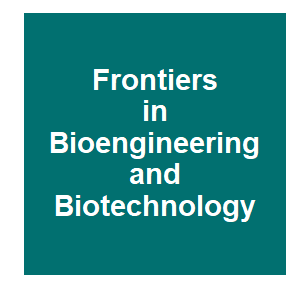
|
First Field Release of a Genetically Engineered, Self-Limiting Agricultural Pest Insect: Evaluating Its Potential for Future Crop ProtectionA. M. Shelton, S. J. Long, A. S. Walker, M. Bolton, H. L. Collins, L. Revuelta, L. M. Johnson and N. I. Morrison, Frontiers in Bioengineering and Biotechnology, 7:1-15. 2020.
Alternative, biologically-based approaches for pest management are sorely needed and one approach is to use genetically engineered insects. Herein we describe a series of integrated field, laboratory and modeling studies with the diamondback moth, Plutella xylostella, a serious ... Keywords: autocidal control, diamondback moth, genetic biocontrol, Oxitec, SIT, sterile insect technique |
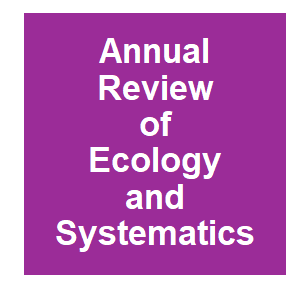
|
Genetic Control of MosquitoesAlphey, L., Annual Review of Entomology, 59:205-224. 2019.
Genetics can potentially provide new, species-specific, environmentally friendly methods for mosquito control. Genetic control strategies aim either to suppress target populations or to introduce a harm-reducing novel trait. Different approaches differ considerably in their ... Keywords: autocidal control, diamondback moth, genetic biocontrol, Oxitec, SIT, sterile insect technique |

|
Transgenic Aedes aegypti Mosquitoes Transfer Genes into a Natural PopulationB. R. Evans, P. Kotsakiozi, A. L. Costa-da-Silva, R. S. Ioshino, L. Garziera, M. C. Pedrosa, A. Malavasi, J. F. Virginio, M. L. Capurro and J. R. Powell, Scientific Reports, 9:6. 2019.
We genotyped the release strain and the target Jacobina population before releases began for >21,000 single nucleotide polymorphisms (SNPs). Genetic sampling from the target population six, 12, and 27-30 months after releases commenced provides clear evidence that portions of the ... Keywords: autocidal control, diamondback moth, genetic biocontrol, Oxitec, SIT, sterile insect technique |
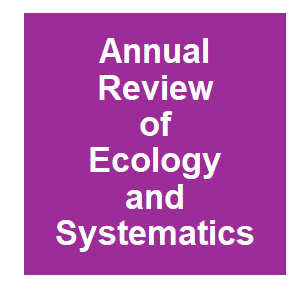
|
Genetic Control of Mosquitoes.Alphey, L., Annual Review of Entomology, 59:205-224. 2014.
Genetics can potentially provide new, species-specific, environmentally friendly methods for mosquito control. Genetic control strategies aim either to suppress target populations or to introduce a harm-reducing novel trait. Different approaches differ considerably in their ... Keywords: autocidal control, diamondback moth, genetic biocontrol, Oxitec, SIT, sterile insect technique |
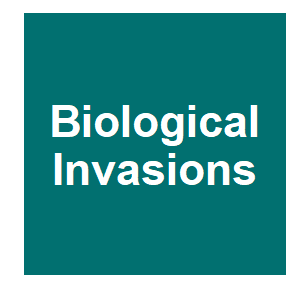
|
Genetic control of invasive fish: technological options and its role in integrated pest managementR. E. Thresher, K. Hayes, N. J. Bax, J. Teem, T. J. Benfey and F. Gould, Biological Invasions, 16:1201-1216. 2013.
Genetic options for the control of invasive fishes were recently reviewed and synthesized at a 2010 international symposium, held in Minneapolis/St. Paul, MN, USA. The only option currently available "off-the-shelf'' is triploidy, which can be used to produce sterile males for a ... Keywords: autocidal control, diamondback moth, genetic biocontrol, Oxitec, SIT, sterile insect technique |

Contact
David O’Brochta
Foundation for the
National Institutes of Health
geneconvenevi@fnih.org
RSS

